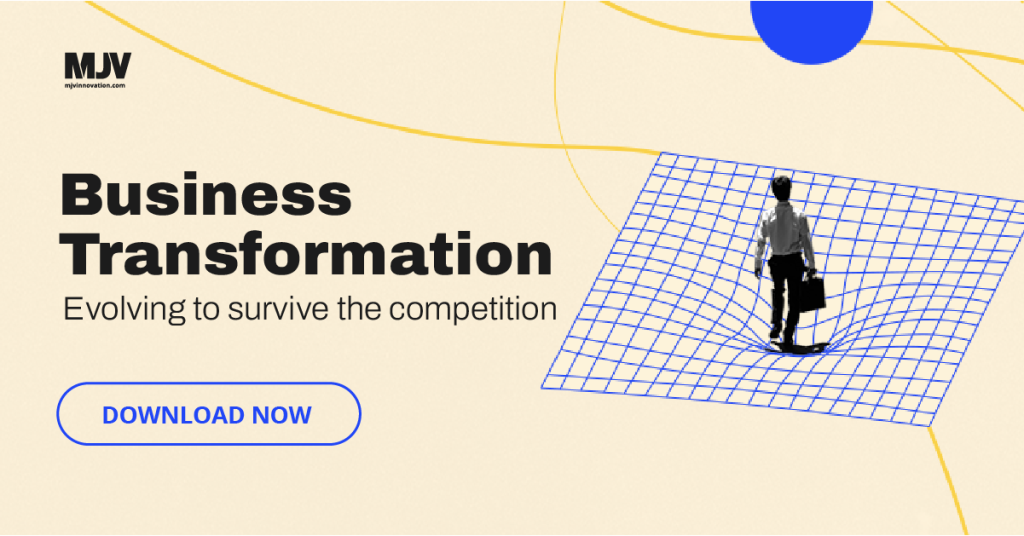From a VUCA world to a BANI one: how uncertainty has changed and how your company can prepare
From uncertainty to chaos, the pandemic accelerated our transition from VUCA and BANI.
In a world of constant change, it helps to describe the current state of things. These two terms were designed to explain the turmoil of their time, from a post-cold war world to the coronavirus pandemic.
Read on to find out precisely what VUCA is, how it gave way to Bani, and how companies can prepare for the current state of chaos.
What is a VUCA World?
Created in the post-Cold War period, the VUCA concept emerged to explain emerging new world dynamics. It was initially developed by the US army to describe the social transformations that had taken place and how the military should act in the face of possible conflicts.
Worldwide instability, rapid changes, and the emergence of technological transformations were just some of the characteristics attributed to this scenario. The perception was that the world was Volatile, Uncertain, Complex, and Ambiguous – VUCA.
Since then, the term has been used to describe technological and cultural changes and their impact on the daily lives of people and companies.
In the business world, the term VUCA became popular in the 2000s, precisely when significant technological changes took place, namely the invention and dissemination of the internet.
Characteristics of a VUCA scenario
- V = Volatility – this refers to the speed of change in an industry, market, or the world in general. It is associated with fluctuations in demand or turmoil. The more volatile the world is, the faster things change.
- U = Uncertainty – this uncertainty is associated with people’s inability to understand. Uncertain environments are those that do not allow for any predictions to be made. The more uncertain the world is, the harder it is to predict the future.
- C = Complexity – this refers to the number of factors we need to consider to make more efficient decisions, their variety, and the relationships between them: the more factors, the greater their variety, and the more interconnected they are, the more complex the environment.
- A = Ambiguity – this relates to the lack of clarity about how to interpret something. It’s not about analyzing a large amount of data; it’s about doing advanced analytics for the right KPIs. A situation is ambiguous, for example, when information is incomplete, contradictory, or too imprecise to draw clear conclusions.
What is BANI?
The VUCA concept was, for a long time, used to guide developing organizations in a scenario of volatility, uncertainty, complexity, and ambiguity.
The term acted mainly to create meaning in the face of uncertainties in a world of constant change, increasingly interconnected and digital.
However, the covid-19 pandemic created a scenario that made even VUCA seem like an insufficient descriptor.
Thus, a new acronym emerged: BANI.
Created by American anthropologist, author, and futurist Jamais Cascio, the term considered the changes brought about by the pandemic.
BANI stands for:
- B = Brittle – the idea is that we are susceptible to catastrophe at any time, and all businesses that are built on fragile foundations can fall apart overnight.
- A = Anxious – anxiety is one of the most present symptoms today, not just in people’s personal lives but in the job market as well. We are living on the edge, which creates a sense of urgency, which guides decision-making.
- N = Nonlinear – In this period, we live in a world whose events seem disconnected and disproportionate. Without a well-defined and standardized structure, it is not possible to make structured organizations. Therefore, detailed, long-term planning may no longer make sense.
- I = Incomprehensible – misunderstanding is generated when we find answers, but the answers don’t make sense. So we need to understand that we don’t have control over everything.
How can companies prepare for a BANI world?
In this context of fragility, a great way to adapt and grow is by strengthening your teams. Seeking a culture of collaboration, adopting well-distributed structures, and investing in training are tools that can help make your organization more resilient.
Implementing a collaboration culture can increase the communication and transparency between individuals, teams, departments, and branches.
Dealing with anxiety requires more company empathy. Training employees in soft skills, which will become increasingly essential in times to come, can also help.
In a non-linear world, rigid plans tend to be a burden on business. Companies that don’t innovate and rely only on “proven” methods of doing things often find themselves behind the competition and can’t adapt quickly enough to changes in their environment.
On the other hand, Misunderstanding can be addressed simply through the use of technologies like Artificial Intelligence, Big Data, and Data Science.
This is exactly why categorizing uncertainties with concepts like VUCA and BANI is so essential. With this new understanding of main global challenges, we can better prepare ourselves for what lies ahead.
Back
